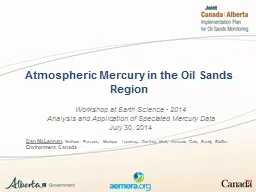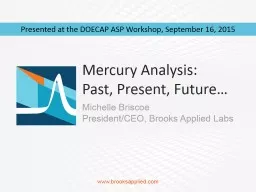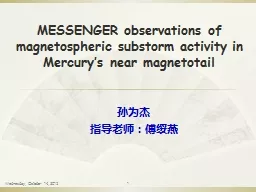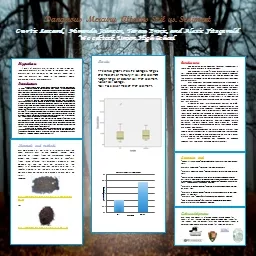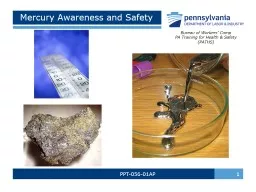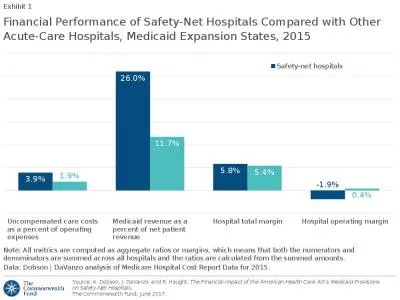PPT-Mercury in Hospitals
Author : sherrill-nordquist | Published Date : 2018-11-01
Chris Piehler John Rogers LDEQ Staff Acknowledgement This program has been made possible by a generous grant from the Environmental Protection Agencys Persistent
Presentation Embed Code
Download Presentation
Download Presentation The PPT/PDF document "Mercury in Hospitals" is the property of its rightful owner. Permission is granted to download and print the materials on this website for personal, non-commercial use only, and to display it on your personal computer provided you do not modify the materials and that you retain all copyright notices contained in the materials. By downloading content from our website, you accept the terms of this agreement.
Mercury in Hospitals: Transcript
Download Rules Of Document
"Mercury in Hospitals"The content belongs to its owner. You may download and print it for personal use, without modification, and keep all copyright notices. By downloading, you agree to these terms.
Related Documents







